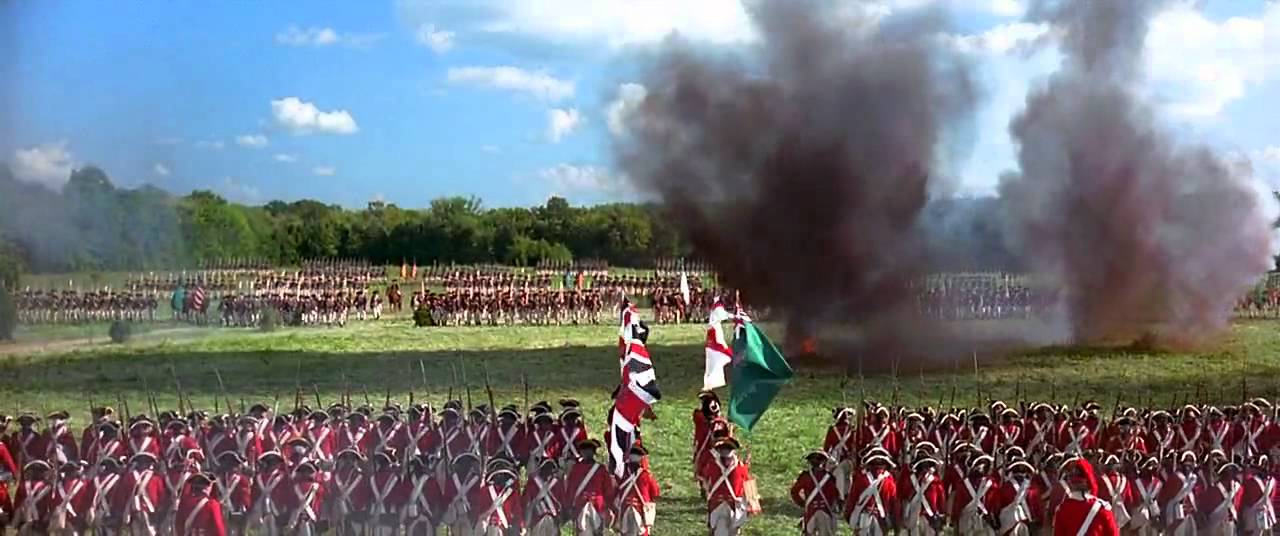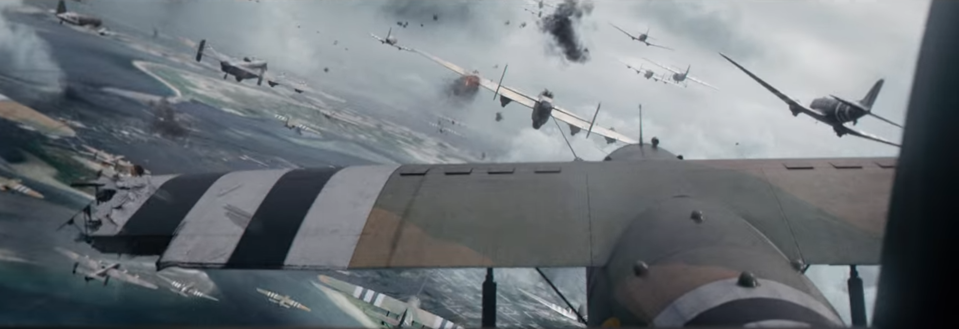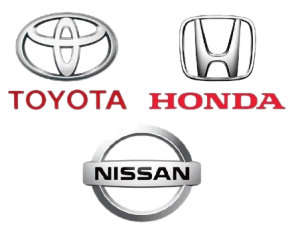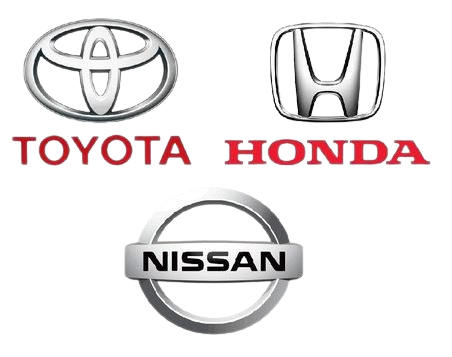The movie <300> tells the story of 300 Spartan warriors facing off against 170,000 Persian troops. This film is based on the Battle of Thermopylae, an actual conflict from the Persian Wars. Thermopylae, situated between a mountain and the sea along a narrow pass, translates to ‘Hot Gates’ in Greek. This name was derived due to the presence of a hot spring in the area, whose waters flowed into the sea. In reality, its narrow path made it an ideal location for defending against a larger army.
Darius, who unified Persia, invaded the plains of Marathon in Greece in 490 BC but was defeated, a fact well-known as the origin of the Marathon. However, ten years later, the Persian forces launched a much larger invasion of the Greek mainland. This time, the Persian army was led by Darius’ successor, Xerxes. Contrary to the movie, King Leonidas of Sparta led approximately 1,000 men to block the Persian advance at this narrow path. The vast number of Persian soldiers could not leverage their numerical superiority in such a confined space. Unable to breach this path for several days, the Persians eventually discovered a trail over the mountains and surged through it. The 1,000 Spartan warriors fought valiantly but were all killed in the battle.

However, how much damage did the Persian army sustain when 1,000 Spartans were annihilated? It’s not an easy question, but interestingly, according to Herodotus, who wrote ‘Histories,’ considered the first history book in the West, about 20,000 Persians died. The Persian troops were driven into a narrow path by whips from their own comrades at the back but were blocked by the desperate resistance of the Spartans, causing chaos and deaths by trampling or falling into the sea. It’s an unbelievable number, but it turns out that each Spartan was worth about 20 Persian warriors.
In war or action movies, the protagonists often fight off hundreds single-handedly. However, such occurrences are rare in reality. Moreover, the initial adversaries faced by the warriors of <300> were not Persian elites but rather soldiers conscripted from slaves. If there isn’t a significant difference in skill, the side with the numerical advantage typically prevails in one-on-one combat unless they are suppressed by significantly superior weaponry.
Don’t Pick Fights You Can’t Win:
Imagine if, around 480 BC—the setting of the movie <300>—Persia and Sparta clashed, each equipped with firearms. Suppose Persia had 100,000 troops and Sparta 50,000, with each soldier having a 20% hit rate. If they faced off on the vast plains of Marathon and began firing simultaneously, each of the 50,000 Spartans would aim at a Persian soldier in front of them, resulting in 10,000 Persian casualties. Conversely, if all 100,000 Persians fired simultaneously, 20,000 Spartans would likely not survive the first volley.
Before the battle began, the forces were at a 2:1 ratio. After one round of gunfire, 90,000 Persians would survive while only 30,000 Spartans remained, changing the ratio to 3:1. Suppose a second round of gunfire ensued. With 20% of the 90,000 Persian shots hitting their mark, 18,000 Spartans would fall, and conversely, 6,000 Persians would be hit by Spartan gunfire. After this second volley, 84,000 Persians and 12,000 Spartans would be left.
The disparity in forces now grows even more, to well over 8:1. Let’s say a third volley occurs. With 20% of 84,000 Persian shots hitting their targets, 16,800 bullets would strike the 12,000 Spartans, effectively leading to their annihilation. Meanwhile, the Spartans’ return fire would result in 2,400 Persian casualties. Consequently, while all 50,000 Spartan soldiers would be wiped out, Persia would still have 81,600 troops remaining.

The original forces consisted of 100,000 Persian soldiers and 50,000 Spartan soldiers, meaning the Spartans started the battle with about half the strength of the Persians. However, after three rounds of gunfire, the Persians suffered only 18,400 casualties compared to the complete loss of 50,000 Spartans. If it had been a hand-to-hand combat, the brave and desperate Spartan soldiers might have managed at least one kill each, and the casualty ratio could have been closer to 2:1.
In America, there is a concept known as the ‘Chicken Game.’ It signifies a game theory situation where neither side yields, leading both towards disaster. However, it became popular among American youths in the 1950s as a daring car game. In this game, two competitors drive their cars towards each other head-on. The loser is the one who turns the steering wheel away first, being branded a coward. If neither turns away, they both emerge as ‘winners,’ but this results in a head-on collision, likely killing or severely injuring both competitors.
This term is also used today to describe situations of extreme competition, such as labor disputes, political standoffs, or confrontations between opposing parties. However, the Chicken Game only becomes a useful competitive strategy when the weaker party believes it can inflict significant damage on the stronger one. If one’s car is a small vehicle and the opponent’s is a truck, a head-on collision would only be detrimental to oneself. Engaging in such a Chicken Game would be foolhardy. In the hypothetical scenario where Persia and Sparta are armed with guns, even though the force disparity is only half, it would still be a recklessly dangerous war for the Spartans, who are at a disadvantage because while the stronger party sustains minimal damage, the weaker one risks losing everything. Essentially, if one is at a disadvantage, it is advised not to engage in competition with a stronger opponent. This dynamic of competition between strong and weak parties has been quantified into a law by some.
Since we have begun imagining battles, let’s imagine a scenario where both Persia and Sparta are equipped with fighter jets, engaging in an aerial battle over the Mediterranean with 5 Persian jets and 4 Spartan jets. Even though Sparta is at a numerical disadvantage, the difference is not vast. If they fought until one side was completely annihilated, what would the casualties be on both sides?

Assuming all other conditions are equal, it might be expected that 4 jets from each side would be shot down, leaving only 1 Persian jet surviving. However, Frederick William Lanchester, a British aeronautical engineer, suggests that about 3 Persian jets would survive. Simply put, the difference in power is not just visible by the number of units but is squared. For instance, the difference in strength between 5 Persian jets and 4 Spartan jets is not just 5:4, but squares to 25:16, showing nearly twice the difference.
Today’s battles are no longer fought with spears and shields in close proximity on a one-on-one basis as in the past. With the advent of probabilistic weapons such as machine guns and cannons, combat can now occur from a distance, and this has extended further with the development of airplanes, missiles, and unmanned combat vehicles (drones). Battles are no longer about facing a single opponent at a time but are evolving into forms of remote and area-wide combat. The power in these battles is not directly proportional to the arithmetic difference in forces deployed, but rather to the square of the forces deployed. This means a small difference in power can lead to a significant difference in outcome, implying that it’s pointless for the weaker side to fight the stronger side, even if the difference seems minimal.
The competition we encounter today resembles this probabilistic form of combat. As mentioned, our competition takes place not on battlefields but in markets. Traditional combat can be likened to marketing in traditional markets where one-on-one transactions with customers occur, while modern marketing targets national or even global customer bases. Competitors in traditional markets would stand face-to-face with customers, loudly highlighting the advantages of their products as they sell them—truly a one-on-one market. However, today many businesses broadcast their products to numerous customers via radio, newspapers, TV, and the internet, turning it into a form of wide-area remote marketing. The same principles apply here.
The laws of competition favor the larger scale. Large corporations can afford bigger advertising budgets and mobilize more salespeople, so Lanchester’s laws apply even in marketing warfare. The larger the market, the harder it is for the weaker to defeat the stronger.
Thus, choosing to directly compete with someone stronger than oneself is akin to choosing suicide. In the market, the strong are those with superior financial resources or those who have preemptively secured a large market share. For individuals, the strong can be considered those who are already well-known in a particular field.
Lanchester’s laws suggest that for the weaker to defeat the stronger, they must be prepared to deploy a square of the force the strong are using or have more than double the accuracy in shooting. For example, if our company has half the market share of a strong competitor, we will need to be prepared to spend four times as much on marketing to have a chance of success. However, with large corporations that often have superior financial resources, a direct confrontation is generally something the weaker party should avoid.
Clausewitz in his ‘On War’ also asserts that the decisive factor in war is the superiority of power. According to his studies, in the history of warfare, an army at a numerical disadvantage of 2:1 has only won twice. In World War II, the Allies won not because of strategy but because for every two German soldiers, there were four Allied soldiers.
An example of a company that suffered for ignoring this principle is Nissan Motors of Japan. Toyota is not only Japan’s but the world’s top automaker. Nissan was known as ‘Technologically Advanced Nissan’ and was the second-largest car manufacturer in Japan. Nissan chose to compete with Toyota. Trying to catch up to Toyota, Nissan incurred a deficit of 660 billion yen in 2000 and faced a crisis.

Nissan’s target for attack should not have been the stronger Toyota but Honda, positioned just below it. They should have competed with Honda and tried to take over their market. However, Nissan continued to bleed in competition with Toyota, and during this time, Honda surpassed them. In 2000, Honda achieved the dream of its founder Soichiro Honda to overtake Nissan.
These examples are not hard to find around us. Ultimately, the message is clear: do not engage in direct competition with a stronger party using the same methods in the same market. Although there may be something to gain from competing against a stronger opponent and losing, and sometimes no benefit in defeating a weaker one, to win against a stronger opponent, you must choose to differentiate your product or even your market, opting for localized conflicts over a frontal assault. Alternatively, one must either train diligently to become stronger or choose to ally with other weaker entities.


답글 남기기